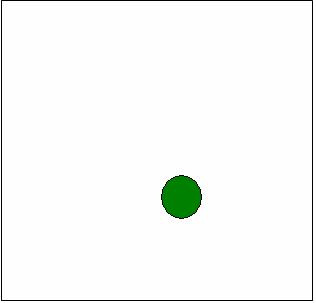Simple Poles and Simple Zeros (not much important for C.S. Paper)
Poles or zeros are said to be simple if they are not repeated. Means in the term s(s+a)/s(s+b) …… there is no term with power greater than 1: like s(s+a)2/(s+b) this term has multiple zeros at s = a;
Type and Order of the system (V. Very IMPORTANT)
Type of the system is defined for the Open Loop Transfer Function (G(s) H(s)):
Type or number of the system is the no. of integrators in the system.
It is equal to the no. of poles at the origin.
Means power of s in the denominator.
Type 0 system: G(s)H(s) = K(s+T1)(s+T2)………. / (s+Ta)(s+Tb)……..
Type 1 system: G(s)H(s) = K(s+T1)(s+T2)………. / s(s+Ta)(s+Tb)……..
Type 2 system: G(s)H(s) = K(s+T1)(s+T2)………. / s2(s+Ta)(s+Tb)……..
Error constants depends upon type of the system and the input signals.
# Power of s in the numerator indicates the no. of differentiators in system.
Order of the system is obtained by degree of the characteristic equation. Means power of s in the denominator of the close loop transfer function (1 + G(s) H(s))
Please check this definition not sure. Refer R.S. Chauhan 1st or 2nd chapter
EveryThing is available in the books
For some doubts or errors refer and prefer Books
Same thing is available in the attachment.
1) very important topic is Nyquist plot and also easy one
first study POLAR PLOT
Nyquist plot is just = Polar Plot + It’s Image about real(x) axis
- image ki direction reverse leni hai
- direction w = 0 se w = infinity ki taraf hoogi
w means omega
Nyquist criteria is a very simple one
Just first Practice various polar plots for different addition of poles and zeros and their effects.
2) when u start studying c.s. do have a print out of following major points with u
that will help u to understand
and then solve problems in Q.Paper
Major Points
1) for a close loop system
forward transfer function is G(S)
feedback transfer function is H(s)
Then
close loop transfer function is G(s)/(1+G(s)H(s))
open loop transfer function is G(s)H(s)
now:
characteristic eqn. is: 1 + G(s)H(s) = 0 ;
and the roots of characteristic eqn.
(means the values of s for which c.eqn. becomes = 0 and hence
close loop (or overall) t.f. becomes infinite) are the poles of
close loop transfer function
(*Remember that c.eqn. is for close loop transfer fuction)
s is a complex no. = sigma + j omega ;
hence G(s)H(s) = G(jw)H(jw) = LG(jw)H(jw) |G(jw)H(jw)|
here L means angle's symbol
Root locus, Bode plot, and Nyquist plot are all drawn on the basis of
open loop transfer function G(s)H(s)
But give the solutions for poles of close loop transfer function G(s)/(1+G(s)H(s))
and the roots of c.equation.
Because sometimes it become very difficult to find the roots of c.eqn. directly by solving it
moreover it contains the term K which might be present in numerator of G(s) in addition term
K is usually the Gain term and we want to analyse the system for various values of Gain 'K'
Also the value of 'K' decides the stability and accuracy of the system
so these plots are more useful to analyse the system as compared to solve the c.eqn. for different values of 'K'
One Major Point
c.eqn. is: 1 + G(s)H(s) = 0 => G(s)H(s) = -1 is the locus of poles of t.f. or the roots of c.eqn. or the root locus
This condition is satisfied when
|G(s)H(s)| = 1 and
LG(s)H(s) = 180 degree
using this u can find that whether a point lies on root locus or not

